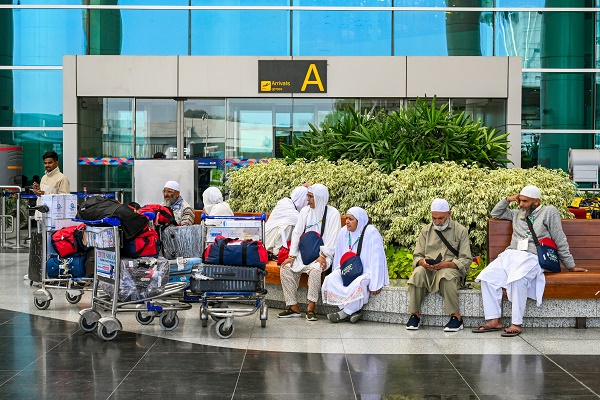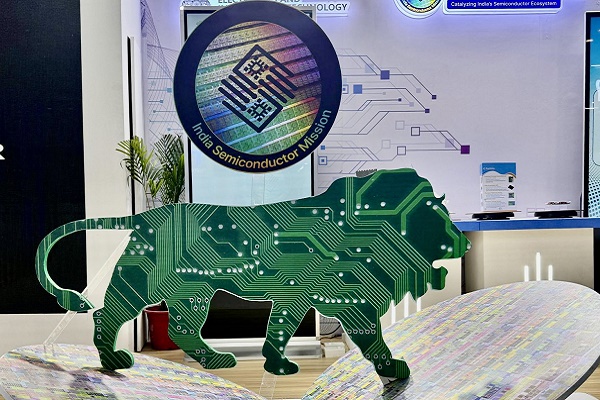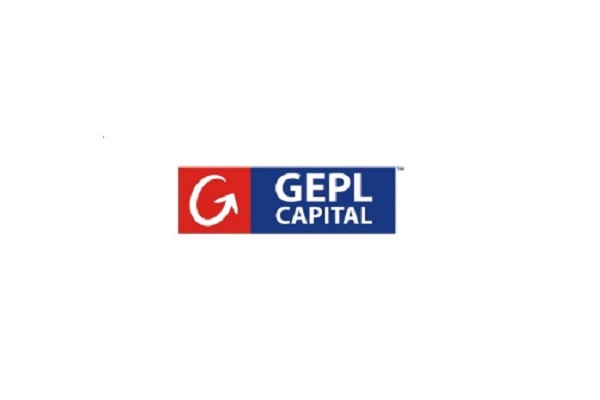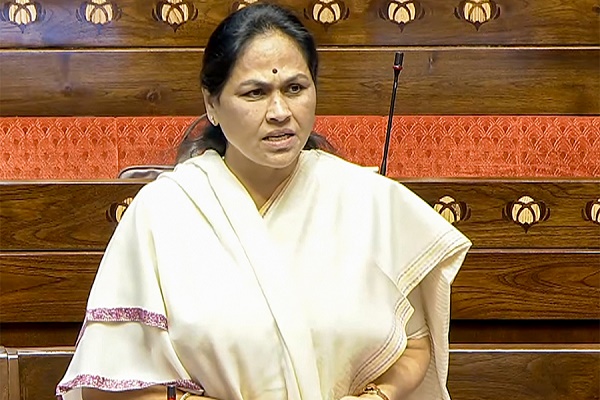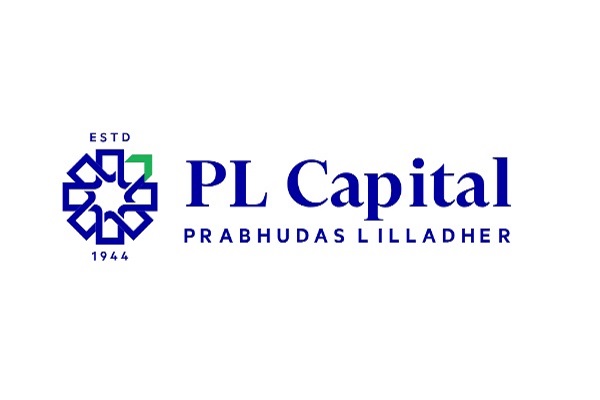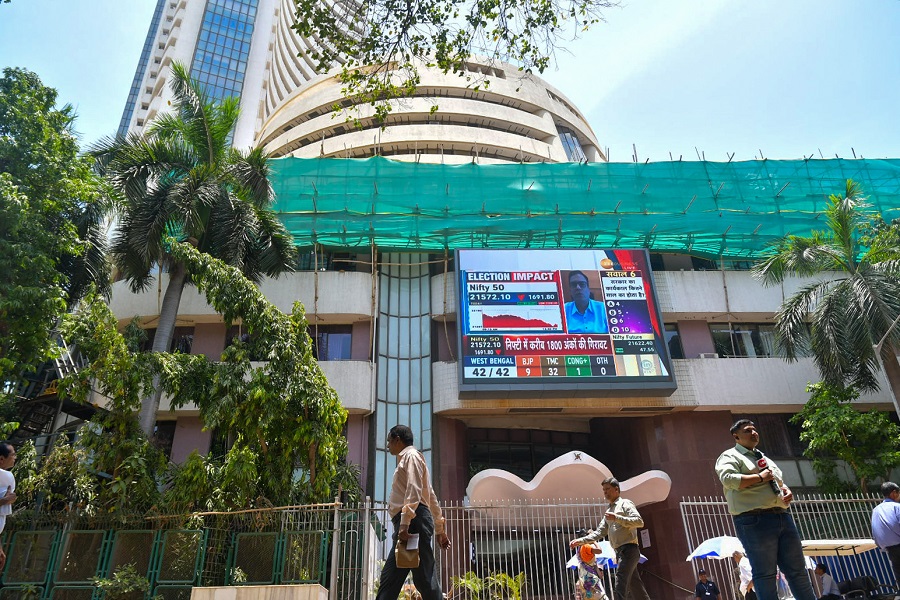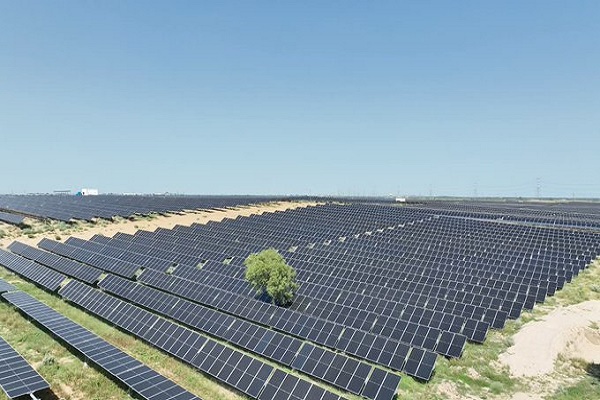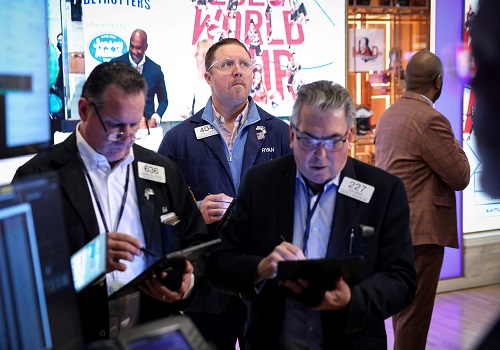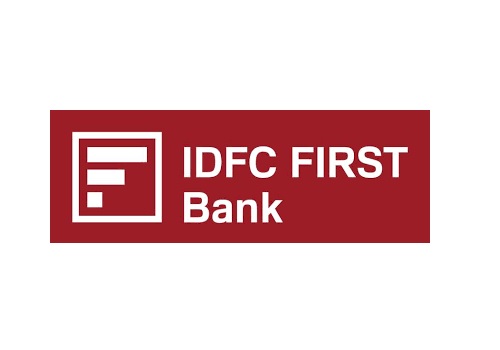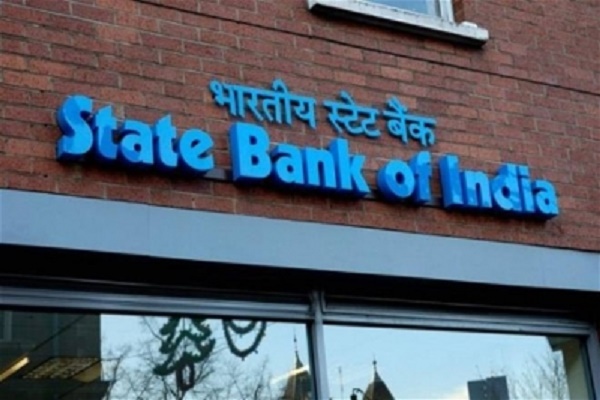BFSI Banking Sector Update :Strong business growth, but margin squeeze, higher opex to hurt PPoP By Emkay Global Financial Services Ltd
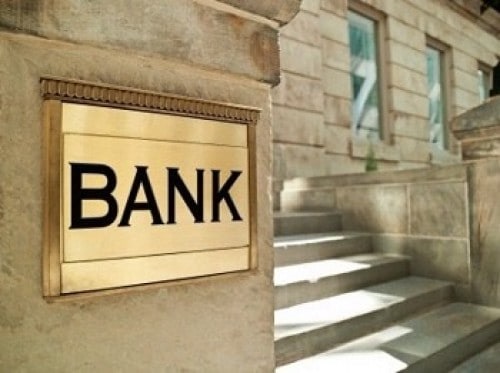
Strong business growth, while margins will continue to retract albeit at a slower pace
Systematic credit growth (15-Dec-23) remains healthy at 15.6% YoY (20% incl. HDFCL) and 5% QoQ, largely in line with 15.4% growth for our coverage banks, given strong retail growth during the festive season. We believe retail growth should moderate hereon, given the RBI’s recent action on unsecured loans, which has been the key growth driver and, thus, should lead to some moderation in overall credit growth as well. On the other hand, deposit growth has also picked up well at 14% YoY/2% QoQ, gradually narrowing the gap with credit growth. However, this growth is mainly driven by higher TD and bulk deposit growth, which coupled with deposit rate hikes by select banks should drive up funding costs, partly offset by some relief on the withdrawal of ICRR. Thus, we expect NIMs to compress for most banks under our coverage, but at a relatively moderate pace (4-13bps) unlike Q2 (10-30bps), except banks like IIB, RBL, and HDFCB, which should see margins to be largely stable/improve QoQ. Within the NBFC-MFI space, we expect CREDAG and Fusion to report sequential margin improvement, benefiting from portfolio repricing.
NPAs to moderate further, though the pace may come off a bit
We expect GNPA ratio to trend down, though the pace of the fall could moderate further at 25bps QoQ to 2.9% from 3.1% for our coverage universe. This is mainly due to stress in KCC book for select PSBs/PVBs and unsecured loans, including cards. Fresh corporate NPA formation in general could be lower vs. Q2 but could be elevated for select banks due to the impact of the recent RBI audit. We believe these resolutions should primarily benefit banks like Indian Bank, BOB, and Yes Bank. Our discussion with bankers/channel checks suggests that there could be some stress built up in the unsecured PL/Cards and SBL segment, but the collectability post soft follow-up still remains healthy and does not pose any material risk. That said, banks have stepped up vigilance and cut incremental credit flow to relatively risky customers. Within our coverage universe, we expect fresh slippages to be slightly higher for select players like SBI, Federal, IDFC First Bank, AU SFB, and SBI Cards. For Bandhan Bank, CGFMU recovery has been delayed due to a continued audit process by the agency, while the non-EEB collection efficiency has dropped by 100bps. However, the bank would benefit from the recent sale of housing NPAs to ARC and, thus, should limit provisions.
Lower margins, higher opex to hurt PPoP for banks, but lower provisions to support profitability
We expect PPoP growth to be largely flat in Q3 (vs. 8% YoY in Q2) mainly due to continued margin contraction, lack of treasury gains, and higher opex including staff cost/franchise cost. For PSBs – PPoP could decline 8% YoY, accentuated by the recent wage hike @ 17% vs. earlier expectation of 15%, calling for ad hoc provisions. This could be more pronounced for SBI, as the bank had earlier made provisions based on a 14% wage hike assumption. However, we believe continued moderation in NPAs and healthy provision cover across banks should lead to lower NPA provisions, thereby supporting profitability. For select banks (such as Federal and IIB), we expect a marginal hit on account of provision on AIF exposure as per the recent RBI guidelines. Within large PVBs, we expect IIB to be an outlier, led by better margins and oneoff gains from Nippon MF stake sale, which could be used to shore up the provision buffer. HDFCB reported strong credit revival (~5% QoQ), but deposit growth has been lower (2% QoQ), which we believe could be due to the unwinding of ICRR and should help the bank witness some margin recovery from the lows of Q2. Within small-mid size PVBs, we expect RBL to report healthy profitability, while CUBK would continue to disappoint. Among PSBs, we expect mid-size banks like Indian, Union, and PNB to report healthy profitability, while higher opex could hurt SBI. Among NBFCs under our coverage, we expect CREDAG to report strong profitability, while SBI Cards would continue to drag due to sub-par margins and elevated credit costs.
Stay selective with banks offering healthy profitability and capital/provision buffers
Overall credit growth continues to surprise positively, but we expect Q3 to be another soft quarter, led by retracting margins (though at a slower pace) and higher opex. Amid rising concerns on unsecured loans (PL/Cards) forcing the RBI to increase risk weights and regulatory oversight, we prefer banks with relatively healthy capital/provision buffers, management stability, and reasonable valuations. Among large PVBs, we prefer ICICI and IIB, followed by HDFCB, which we believe should see some relief from the merger pain and is available at reasonable valuations. Management’s transition will remain a drag on Kotak Bank, at least in the near-medium term. Among small-mid size PVBs, we prefer KVB followed by RBL, given its still undemanding valuations and management stability. Indian Bank remains our top pick among PSBs. Within SFBs/NBFC-MFIs, we prefer Ujjivan and CREDAG.
For More Emkay Global Financial Services Ltd Disclaimer http://www.emkayglobal.com/Uploads/disclaimer.pdf &
SEBI Registration number is INH000000354

